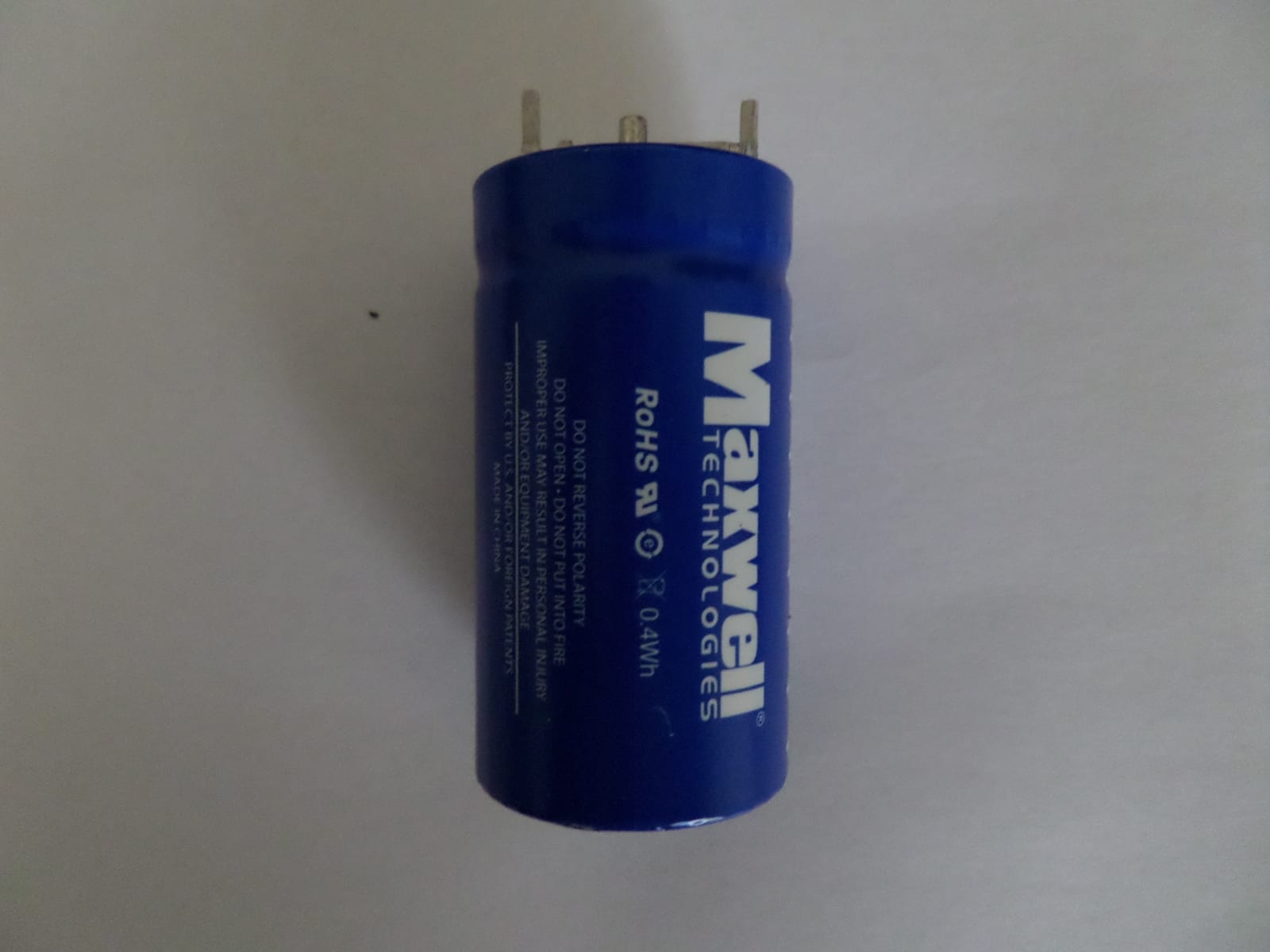What Is A Capacitor?
A capacitor is an electronic device that stores an electric charge. This is unlike a battery, which uses charging to drive a chemical process (such as the transfer of lithium ions), and then reverses that process to discharge and generate an electric current.
Uses of capacitors vary widely. Some uses of capacitors include:
- Blocking the flow of electric current.
- Filtering out certain frequencies (blocking signals of certain frequencies).
- Facilitating timing circuits, as capacitors allow/block the passage of DC current when they have discharged/charged.
- Storing small amounts of energy for low power devices.
- Phase shifting to increase the torque production of HVAC-R motors (start/run capacitors).
Capacitance units for conventional capacitors include, but are not limited to the picofarad (pF), microfarad (µF), and millifarad (MFD).
1 Millifarad = 1,000 Microfarad.
1 Microfarad = 1,000,000 Picofarad.
Energy stored in capacitors can also be measured in Watt-hours (Wh).
Common Capacitor Types Include:
- Single-layer ceramic capacitors (SLC).
- Multi-layer ceramic capacitors.
- Electrolytic capacitors (also called aluminum capacitors).
- Polypropylene capacitors.
- Film capacitors.
- Tantalum capacitors.
- Polarized capacitors.
- Non-polarized capacitors.
Supercapacitors (Ultracapacitors or Ultracaps)
Supercapacitors are Electric Double-Layer Capacitors (EDLC) designed to store significantly more energy per kg of their mass than conventional capacitors. Supercapacitors are typically rated in the Farad range, so they store millions of times more energy than conventional capacitors in the microfarad range.
1 Farad = 1 Million Microfarad.
Supercapacitors (often dubbed ‘supercaps’) have found uses in the following applications (not limited to these, of course):
- Capture energy from regenerative braking systems in hybrid and electric vehicles.
- Powering the motors of electric vehicles.
- Flashlights.
- Microcontrollers.
- Watches.
- Small devices powered body movements (such as watches powered by shaking/flicking your wrist).
- System clocks for various electronics.
- General energy storage for devices that would traditionally be battery-powered.
Supercapacitors are used for these applications due to their incredibly long lifespan compared to batteries, and rapid charge and discharge times. Their rapid discharge times translate to a high power-to-size ratio, as well as a high power-to-weight ratio, despite their poor energy-to-weight and poor power-to-weight ratios.
Their rapid charge times are due to a low internal resistance, and means that they are better able to handle the absorption of massive amounts of energy from regenerative braking systems in very short time periods. Batteries don’t handle this as well as supercapacitors do.
A real example of a supercapacitor is this 350F 2.7V ELDC rated at 0.4 Wh:





